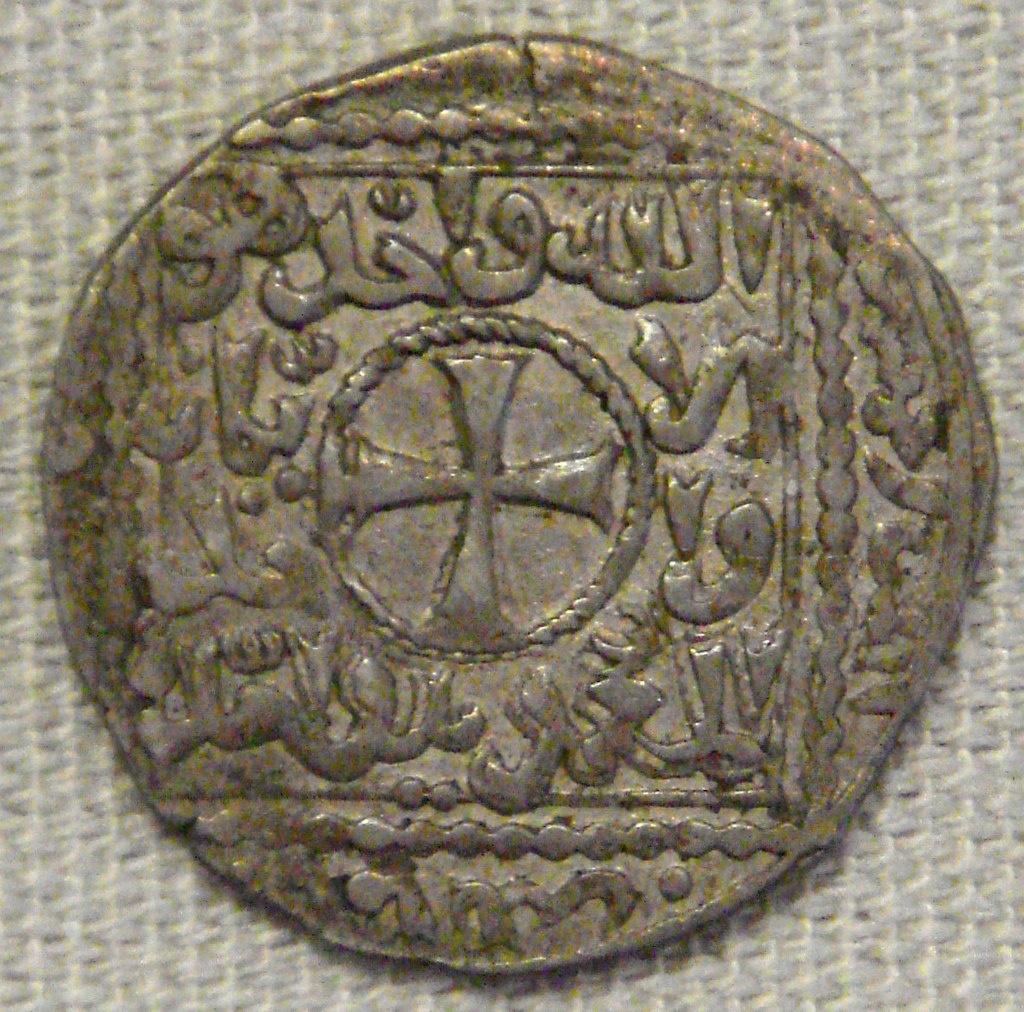Following Salladin's great victory at Hattin (July 4, 1187) and his conquest of Jerusalem (October 2, 1187), Arab relations with the Military Orders began to change. How did the relationship between victors and vanquished develop?
The Knights of the Military Orders had been beaten in battle and their numbers significantly decreased by combat and by execution. Jerusalem and many of the Order's castles had been conquered. Most importantly, the Dome of the Rock had been purified and restored to the sanctity of muslim rule. The Templars and Hospitallers still remained fierce opponents of Islam, but accommodations can be reached even with the fiercest opponents. Their removal from the Temple Mount meant they were no longer profaning muslim sacred space. Muslims were thus able to begin to make accommodations with the Military Orders.
At the same time, the Orders began to abandon their former intransigence, becoming increasingly willing to make accommodation with the Arabs. Thus, in the decades following the death of Saladin, the Military Orders once again were perceived as just one division of many among the faction-ridden Crusaders. Acting upon this perception Muslim rulers were frequently willing to make trucess, treaties and even alliances with the Orders.
This willingness to reach accommodations with the Military Orders was exacerbated in the early thirteenth Ayyubids, Saladdin's fractious successors. Some Ayyubid princes actually began to ally themselves with the Military Orders in an attempt to gain political advantages over their Muslim rivals. In 1240, al-Salih Ayyub, sultan of Egypt, ceded Ascalon to Frankish barons allied with the Templars hoping to undermine their alliance with his rival from Damascus, Isma'il.
This story demonstrates not only an indifference to the ideological threat of the Orders, but at least some degree of understanding of the internal politics of the Crusaders. Fraternization with the enemy was not uncommon; when Sultan Isma'il of Damascus allied with the Orders against Egypt, his general Ibrahim was allowed to stay in the monastic house of the Templars in Acre during the preparations for battle. (...)
For most of the early thirteenth century, the Orders were seen as just one other player in the never ending Machiavellian struggle for power among the various Christian and Muslim princes of Palestine. For Muslim rulers in this period the Military Orders were no longer merely menacing enemies to be despised or attacked but were sometimes potential allies to be cultivated.
This blog draws freely on the paper "Muslim perspectives on the military orders during the crusades" by William J. Hamblin, published in BYU Studies. Illustrations: top: Crusader coin, Acre ca 1230 AD. By PHGCOM - Own work, photographed at British Museum, source; bottom: the Ayyubid Empire, 1193, source
Support TemplarsNow™ by becoming a Patron, tipping us or buying one of our Reliable Books


No comments:
Post a Comment